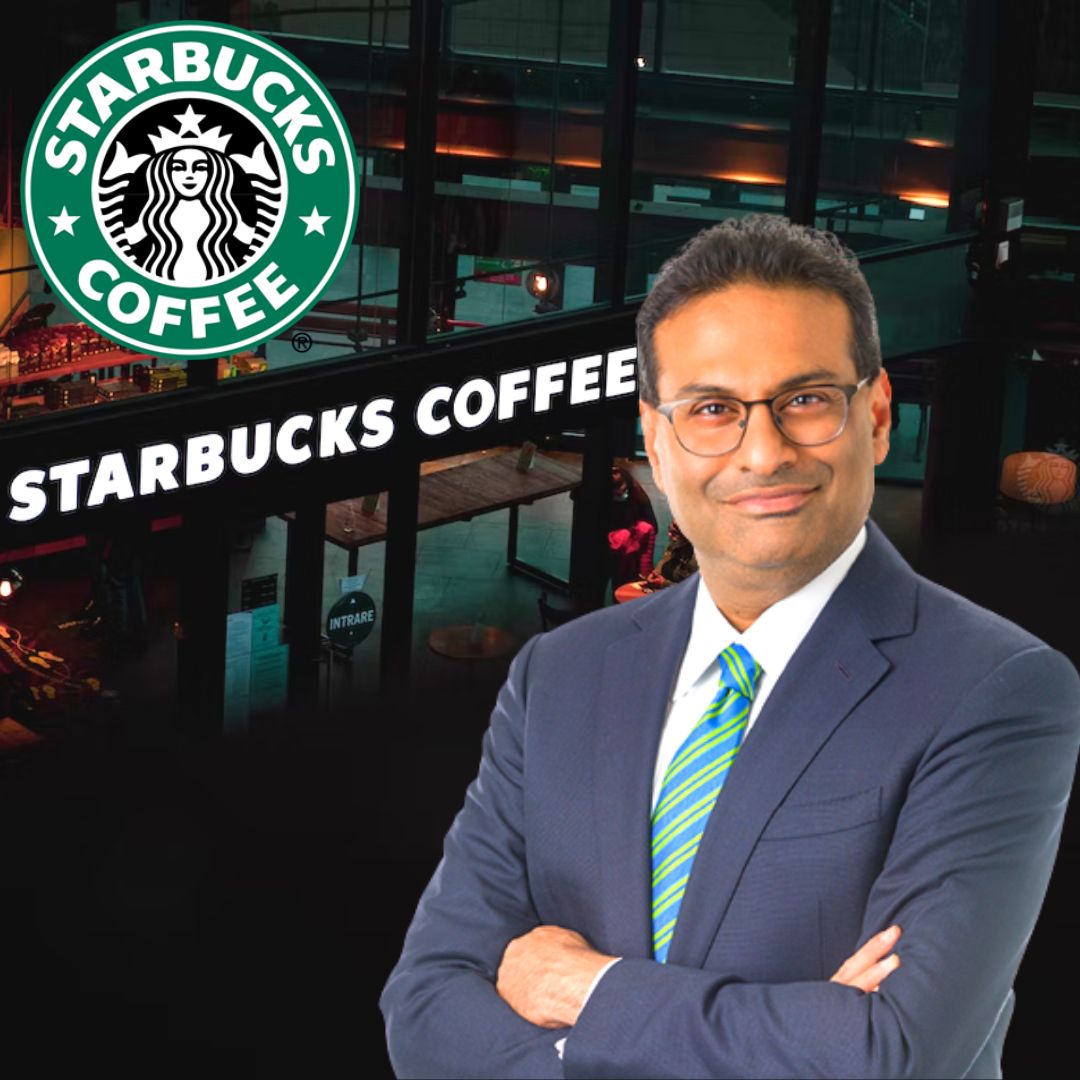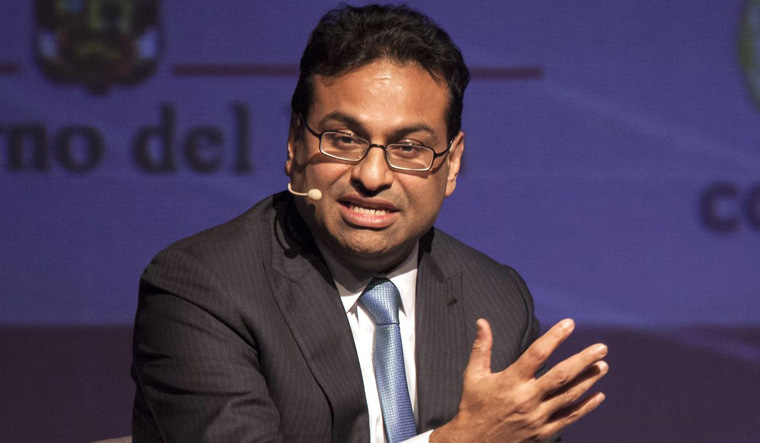Howard Schultz: The Architect of Starbucks: Ceo Of Starbucks

Howard Schultz, the name synonymous with Starbucks, didn’t start his journey as a coffee magnate. He began his career in the world of Xerox, a far cry from the aroma of freshly brewed coffee. However, his path intersected with Starbucks in the 1980s, a chance encounter that would forever alter the course of his life and the coffee industry.
The Starbucks Story Begins
Schultz’s journey to Starbucks began in 1982 when he was a marketing executive at a company called Hammarplast, a Swedish housewares manufacturer. He was tasked with developing a marketing strategy for a new line of coffee makers, and it was during this time that he first encountered Starbucks, a small Seattle-based coffee roaster with only six stores. Schultz was immediately drawn to the company’s unique atmosphere and the quality of their coffee. He saw a potential for something bigger, a vision that transcended the typical coffee shop experience.
In 1987, Schultz bought Starbucks from its original owners. He believed in the company’s potential and had a vision to create a “third place” between home and work, a place where people could connect, relax, and enjoy a cup of high-quality coffee. This vision became the foundation of the “Starbucks Experience” that we know today.
Starbucks’ Rise to Global Dominance
Schultz’s leadership and vision were instrumental in Starbucks’ rapid growth and expansion. He introduced several key initiatives that transformed the company from a small local roaster to a global coffee giant.
The “Starbucks Experience”
Schultz understood that the coffee itself was only part of the equation. He focused on creating an inviting atmosphere, a “third place” where customers could feel comfortable and enjoy a sense of community. He implemented a number of initiatives to create this experience, including:
- Creating a unique store design: Starbucks stores were designed to be warm and inviting, with comfortable seating and a focus on customer service.
- Investing in employee training: Schultz believed that his employees were the key to delivering the “Starbucks Experience”. He invested heavily in training programs to ensure that every employee was knowledgeable about coffee and customer service.
- Developing a strong brand identity: Schultz understood the importance of branding. He created a strong brand identity for Starbucks, using a distinctive logo, color scheme, and marketing campaigns.
Global Expansion
Schultz’s vision was not limited to the United States. He believed that Starbucks could be a global brand, and he began expanding the company internationally in the 1990s. Starbucks’ global expansion was a success, and the company now has over 33,000 stores in 80 countries.
Challenges and Controversies
While Schultz’s leadership has been widely praised, his tenure as CEO has not been without its challenges and controversies.
Labor Practices
Starbucks has faced criticism for its labor practices, including allegations of low wages, inadequate benefits, and a lack of support for unionization efforts. The company has also been criticized for its use of temporary and part-time workers, which critics argue contributes to job insecurity and low wages.
Social Issues
Starbucks has also been involved in a number of controversies related to social issues, such as its handling of race relations, its support for LGBTQ+ rights, and its environmental practices. The company has been criticized for its response to these issues, with some critics arguing that it has not done enough to address them.
“I think the company has a responsibility to use its platform to speak out on issues that are important to its customers and employees.” – Howard Schultz
Starbucks Leadership and Strategy

Starbucks has evolved from a small Seattle coffee shop to a global coffeehouse giant, and its leadership and strategic direction have been key drivers of this success.
Current CEO and Leadership Style
The current CEO of Starbucks is Laxman Narasimhan, who took over in April 2023. He brings a wealth of experience from his previous roles at PepsiCo, where he led global brands like Quaker Oats and Tropicana. Narasimhan’s leadership style is characterized by a focus on data-driven decision making, a collaborative approach to problem-solving, and a commitment to innovation. He has Artikeld a vision for Starbucks that prioritizes customer experience, digital transformation, and responsible growth.
Strategic Priorities
Starbucks has Artikeld a number of strategic priorities that guide its growth and development. These include:
Innovation
Starbucks continuously innovates with new products, services, and experiences to stay ahead of the curve. This includes introducing new beverage and food offerings, enhancing its digital ordering and payment systems, and exploring new retail formats. For example, the company has introduced plant-based milk alternatives, customized beverage options, and mobile ordering, all aimed at catering to evolving consumer preferences.
Sustainability
Starbucks is committed to environmental and social responsibility. The company has set ambitious goals for reducing its environmental impact, promoting ethical sourcing, and supporting local communities. Its efforts include reducing its carbon footprint, using ethically sourced coffee beans, and supporting farmers through its Coffee and Farmer Equity (CAFE) Practices program.
Digital Transformation
Starbucks has embraced digital transformation to enhance customer experience and streamline operations. The company has invested heavily in mobile ordering, loyalty programs, and personalized recommendations. This digital focus has allowed Starbucks to better understand its customers, offer tailored experiences, and drive sales.
Leadership Styles Across Eras
Starbucks has seen a number of different CEOs throughout its history, each with their own unique leadership style and strategic focus.
Howard Schultz
Howard Schultz, the company’s founder and former CEO, is known for his charismatic leadership and passion for the Starbucks brand. He spearheaded the company’s growth from a small coffee shop to a global powerhouse, emphasizing customer experience and creating a unique coffeehouse culture.
Jim Donald
Jim Donald, who took over from Schultz in 2000, focused on operational efficiency and cost reduction. His leadership style was more analytical and data-driven, aimed at streamlining processes and improving profitability.
Orin Smith
Orin Smith, who succeeded Donald in 2005, emphasized innovation and global expansion. He oversaw the development of new products and services, as well as the expansion of Starbucks into new markets around the world.
Kevin Johnson
Kevin Johnson, who became CEO in 2017, brought a focus on digital transformation and technology. He led the company’s investment in mobile ordering, loyalty programs, and personalized recommendations.
Each CEO has contributed to Starbucks’ success in their own way, shaping the company’s culture, strategy, and growth.
Starbucks’ Impact on the Coffee Industry

Starbucks has revolutionized the coffee industry, transforming it from a simple beverage to a cultural phenomenon. The company has played a pivotal role in popularizing specialty coffee and driving the “third wave” of coffee culture, where consumers demand high-quality, ethically sourced beans and unique brewing methods.
The Rise of Specialty Coffee
Starbucks’ impact on the coffee industry is undeniable. It introduced consumers to the world of specialty coffee, elevating the perception of coffee from a mere commodity to a premium beverage. The company’s commitment to sourcing high-quality beans, investing in barista training, and creating a unique store experience has fostered a culture of coffee appreciation among consumers.
- Starbucks’ focus on premium coffee beans from specific origins has educated consumers about the diverse flavors and characteristics of coffee from different regions.
- The company’s barista training program has ensured that its employees possess the knowledge and skills to brew coffee to the highest standards, resulting in a consistent and high-quality customer experience.
- Starbucks’ stores are designed to be inviting and comfortable, creating a “third place” between home and work where people can socialize and enjoy their coffee.
Starbucks and the “Third Wave” of Coffee Culture, Ceo of starbucks
Starbucks has been a major force in driving the “third wave” of coffee culture, which emphasizes sustainability, transparency, and a focus on artisanal brewing methods. This movement has shifted consumer preferences towards single-origin coffees, cold brew, and pour-over techniques, highlighting the unique flavors and characteristics of different beans.
- Starbucks has embraced sustainability initiatives, sourcing coffee beans from Fair Trade and Rainforest Alliance certified farms, ensuring ethical and environmentally responsible practices.
- The company has invested in research and development to create innovative brewing methods, such as its Nitro Cold Brew and its Clover brewing system, which extract unique flavors from coffee beans.
- Starbucks has partnered with independent roasters and coffee farms to source rare and unique beans, offering customers a wider variety of coffee experiences.
The CEO of Starbucks, Laxman Narasimhan, has a lot on his plate, leading one of the world’s most recognizable coffee brands. But what about the net worth of Brian Niccol, the CEO of another popular fast food chain, Chipotle?
You can check out brian niccol net worth to see how his success compares to Narasimhan’s. Both CEOs face similar challenges in navigating a competitive market and evolving consumer preferences, making their leadership roles crucial to their respective companies’ success.
While Starbucks CEO Howard Schultz focuses on building a global coffee empire, the ceo of Chipotle , Brian Niccol, is leading a fast-casual revolution with their focus on fresh, customizable ingredients. Both CEOs have faced their fair share of challenges, but their commitment to innovation and customer experience has cemented their places as leaders in the food industry.